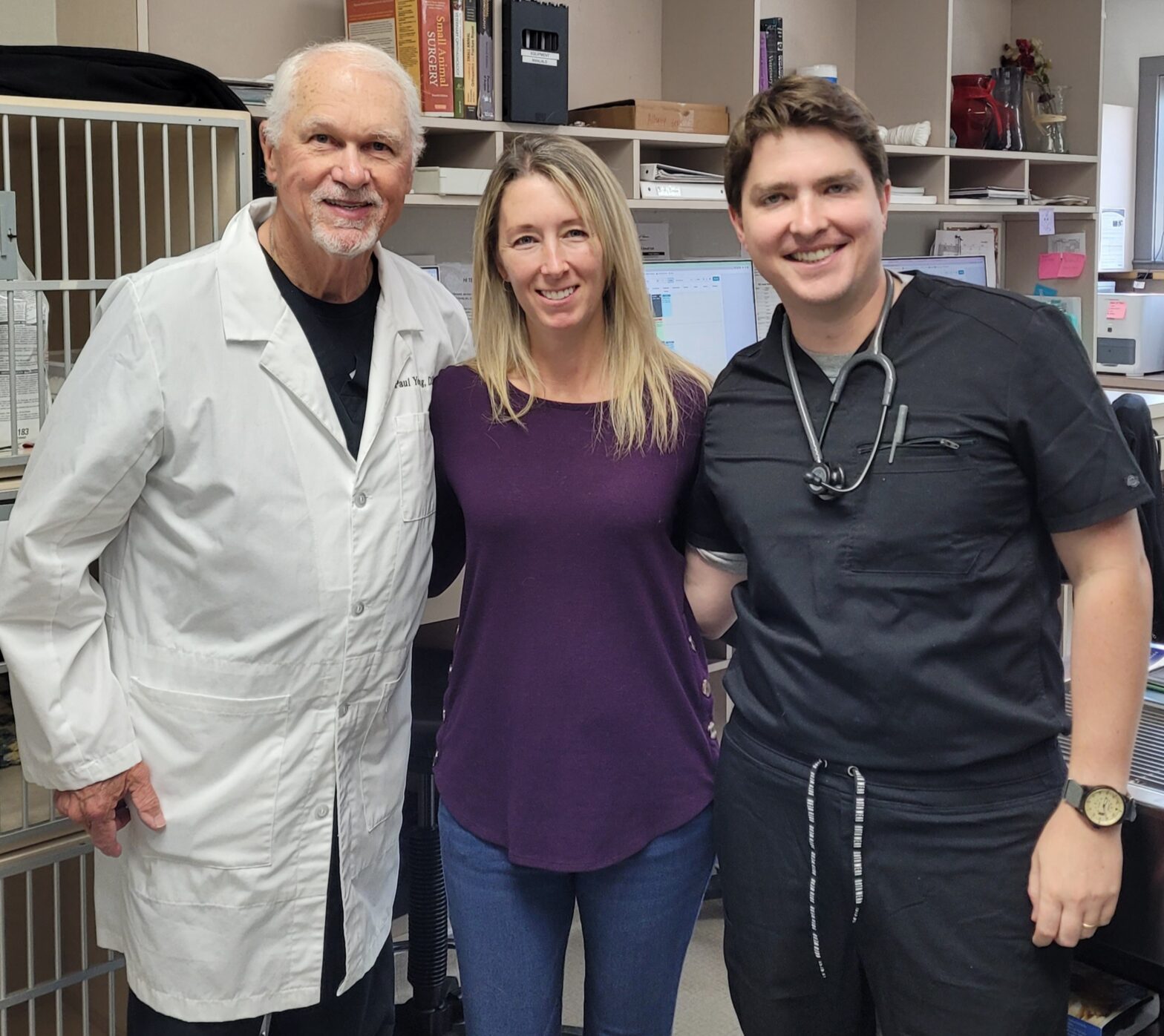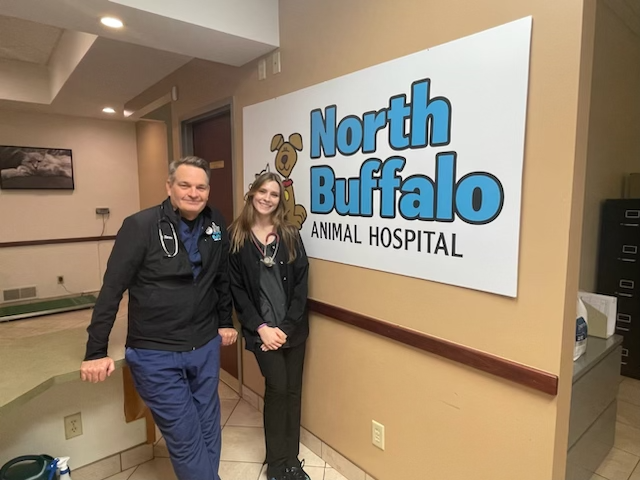Being a relief veterinarian is challenging—new digs each day, new peeps to work with, unfamiliar clients and pets. How do you cope with the day-to-day challenges of always being the “new guy?” How do you fit in and represent that hospital well while maintaining your best care standards?
Be a chameleon
Like the chameleon, veterinarians are highly distinctive and specialized. Each veterinarian tends to possess a particular area of interest while also working diligently in general practice. Whether it be nutrition or regenerative medicine, these are often areas of specialized interest developed over years of practice. When a relief vet introduces her or his distinct, specialized area of interest to a new location, it only helps to broaden that location’s knowledge base and, in turn, creates tremendous value to clients and staff alike. A relief veterinarian brings a unique perspective to each and every practice they serve.
The chameleon’s ability to change color helps it adapt to almost any environment. Chameleons, like veterinarians, come in a variety of forms, both physically and intellectually. The chameleon’s ability to change and adapt does not make it any less of a chameleon but rather a vital asset to an ecosystem (in the case of this comparison, a veterinary clinic). In order to share their knowledge base and professional findings, a veterinarian must first recognize the need to blend into the working environment. This can include clinic culture, room flow, or hospital policies and procedures. In seeking to build value with a client surrounding patient treatment, a relief veterinarian must first understand the present environment and expectations, and then use their ability to openly and honestly communicate with staff and clients. This builds a relationship of trust and allows for the open sharing of best practices.

What does this mean as a relief veterinarian?
Be a chameleon! Evaluate each hospital’s environment at face value, understand their expectations and strive to meet them. Changing your colors to address that clinic’s culture, room flow, or client base does not make you a lesser form of yourself but rather allows you to have a positive and progressive impact on that practice. Small but critical steps are necessary to build and maintain working relationships with each hospital. Call ahead, ask questions, understand expectations, share your expectations. My favorite question to ask is, “How can I make today a success?” It’s a simple “what do y’all need from me today?” The willingness to change your colors to adapt provides the opportunity to influence a whole new population of clients and staff.
The chameleon has existed successfully for over 99 million years. I think we may have something to learn here in terms of how adaptation leads to success based on learnings and natural selection. If I had the opportunity to impact hundreds of pets’ lives, I would be sure to do so as a chameleon while ultimately doing what’s best for each pet. Remember, it’s possible to still be yourself while working within any given environment as long as you’re willing to adapt!
Quote of the day
All labor that uplifts humanity has dignity and importance and should be undertaken with painstaking excellence.”
-Martin Luther King, Jr.
 Charlotte Weir
Charlotte Weir



